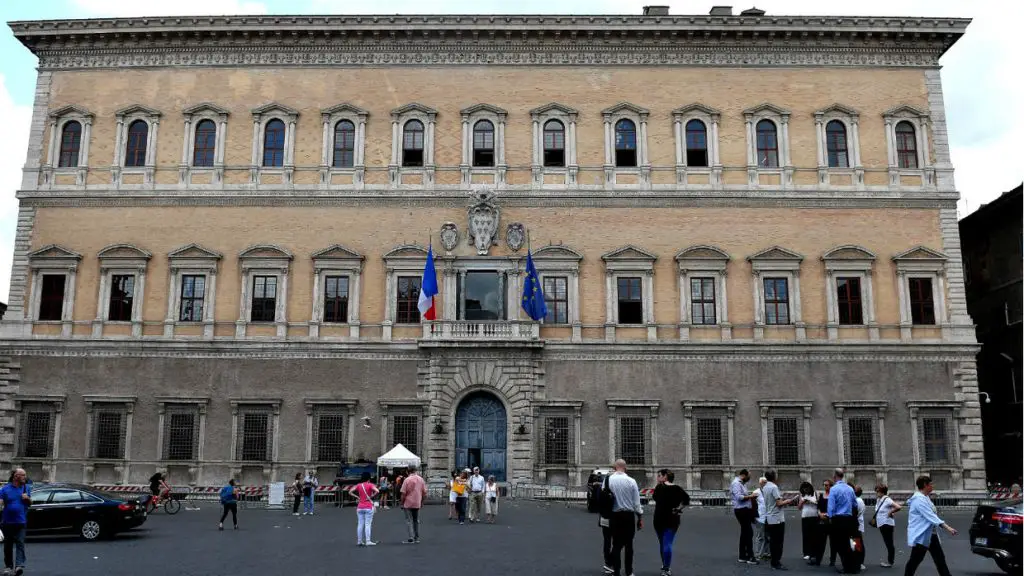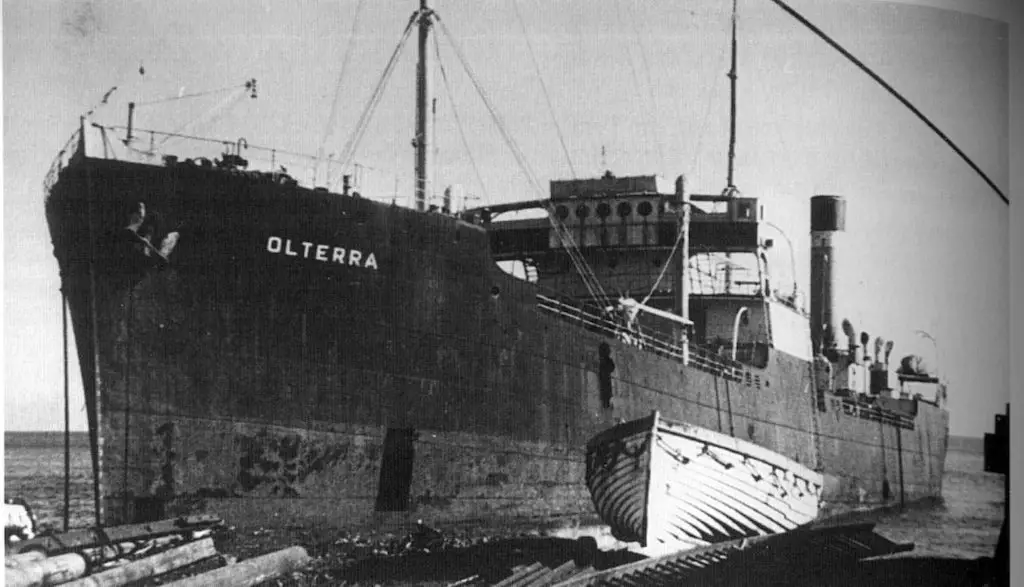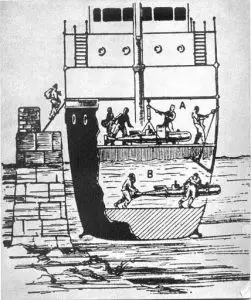When Italy joined the war in 1940, there was no centralized intelligence agency. Instead, there were five different and distinct agencies, creating a waste of precious resources and conflicts.
Organization of the Secret Services
- The Servizio Informazioni Militari (SIM) was the intelligence agency of the Regio Esercito and reported directly to the chief army staff.
- The Centro di Controspionaggio Militare e Servizi Speciali (CCMSS) was part of the Regio Esercito, dealing more with counterespionage, and reported directly to the Ministry of Interior.
- The Servizio Informazioni Segrete (SIS), the secret service of the Regia Marina.
- The Servizio Informazioni Aeronautica (SIA) serving the needs of the Regia Aeronautica.
Besides those agencies, there was the powerful OVRA (Organizzazione di Vigilanza e Repressione Antifascista). This was the secret police of the fascist state. It theoretically had to deal with political affairs such as repressing all those opposing Mussolini’s regime. But in reality, it often interfered in the affairs of the armed forces.
Competition and Mistrust
However, such fragmentation comes as no surprise since the armed forces were continuously in fierce competition, jealous of their acquired competencies and privileges. Such volatility was also sponsored by Mussolini, in the attempt to keep the overall state apparatus under his absolute control, granting relevant powers and authority to none.
Having said that, the Italian secret services entered the war facing a considerable dispersion of men, equipment and, most importantly, knowledge and information. This gave birth to situations where agents from SIM, SIS, and SIA accused each other of being enemy spies. These charges occasionally led to the arrest of loyal soldiers who were falsely charged due to the lack of information sharing.
Early operations of Servizio Informazioni Segrete (SIS)
Notwithstanding these self-imposed limitations, the story of Italian intelligence operations is rich and full of interesting anecdotes and success stories that could easily inspire a spy movie.
Operation Rigoletto

Palazzo Farnese in Rome
In 1937 the chief of the Navy Intelligence Service (SIS), Admiral Alberto Lais, conceived a bold operation with the aim to steal secret navy documents kept by the Naval Attaché in the safe of the French embassy at . One SIS agent approached the doorman of the embassy, Mr. Boccabella. They soon became friends and their families started to spend time together.
Once he established a certain level of confidence, the Italian agent revealed himself and proposed Boccabella to collaborate. The man mounted some resistance at first, but he eventually accepted recruitment.
In parallel, another agent was sent to seduce Mrs. Corbaz, the beautiful Italian maid at the French naval attaché (code name: Rigoletto). Once the young maid fell in love with the SIS agent, she was asked to provide the footprints of the Safe keys retained by the attaché. Mrs. Corbaz did what she was asked and soon the SIS had gained access to the French embassy after replicating the keys and Mr. Boccabella’s cooperation.
For an entire year, Italian agents infiltrated the building by night. They read and took photos of secret documents and messages destined to the French navy high command. By reading some of the documents, the Servizio Informazioni-Segrete discovered an operation aimed at stealing the schematics of the command tower of the new Littorio class battleships (still under construction). The documents were to be provided to a French courier sent by the Deuxième Bureau by a corrupt engineer of the Ansaldo industries. The prompt intervention of the SIS led to the arrest of the “traitors” in a small town near the French border.
The Greta Gross affair

The Trento class cruiser Trieste moored in Naples, Italy.
In 1939 Servizio Informazioni Segrete agents identified an Austrian citizen who exhibited suspicious behaviors. She was constantly in touch with Navy officers in Naples, where she lived. Her name was Margherita “Greta” Gross and, once enough evidence was gathered, the SIS took her to Rome for an intense interrogation.

Margherita Gross became a double agent for the Servizio Informazioni Segrete.
She confessed that back in 1932 she had been approached by a French student while on holiday. The two rapidly fell in love. The student claimed to be an expert on maritime statistics and made her a strange request. He asked Greta to send him postcards every time Italian warships left or entered the port of Naples. He asked that she called each type of ship with different bird names. Greta, in love with the man, accepted his request. She thought it was a good way to stay in touch while helping him with the studies. A few months later the man revealed that he was a member of the Deuxième Bureau. He also ordered her to continue to spy, threatening to denounce her if Greta rejected.
After listening to her story, SIS agents “proposed” she become a double agent. The alternative offer was that she faced a firing squad. Greta accepted the offer. Her collaboration led to the arrest of all the agents of the Deuxième Bureau in Italy. It was a huge success for Italian counterespionage.
Algeciras, City of Spies and Frogmen
The bay of Gibraltar is dominated on the east side by its famous “Rock”. The western side is the Spanish port of Algeciras. Since 1939 the Italian consulate in Algeciras, with its wide windows facing the “Rock” and the bay, was a base of the SIS. In fact, most of its clerks and officials were covert agents. Until 1943, this observation point was able to communicate movements and the presence of British warships to Supermarina back in Rome.

The Servizio Informazioni Segrete repurposed the interior of the Olterra as a Human Torpedo base of operations.
After the declaration of war in June 1940, the Italian merchant ship “Olterra” was interned in Algeciras. It was unable to leave port within 24 hours of the declaration due to an engine mechanical failure. The Servizio Informazioni Segrete soon exploited this opportunity and quickly managed to transform the interior of the vessel into a secret operational base for Italian frogmen and SLC man-torpedo of the X MAS.

Human Torpedos based in the Olterra.
The frogmen arrived in Algeciras disguised as Italian defectors of the merchant navy. Subsequent SLC’s were shipped in multiple deliveries hidden among mechanical parts destined to the Olterra.
Thanks to the Olterra hidden base, the Regia Marina was able to launch various attacks and sabotage against British ships on the other side of the bay.
Sources
Marc’Antonio Bragadin, Lo spionaggio nella Seconda Guerra Mondiale: Italia, published on Storia Illustrata n.144 (1969).
Gabriele Bagnoli, Cesare Amè e i suoi agenti: L’intelligence italiana nella Seconda guerra mondiale (2019).
Andrea Vento, In silenzio gioite e soffrite: storia dei servizi segreti italiani dal risorgimento alla guerra fredda (2014).
